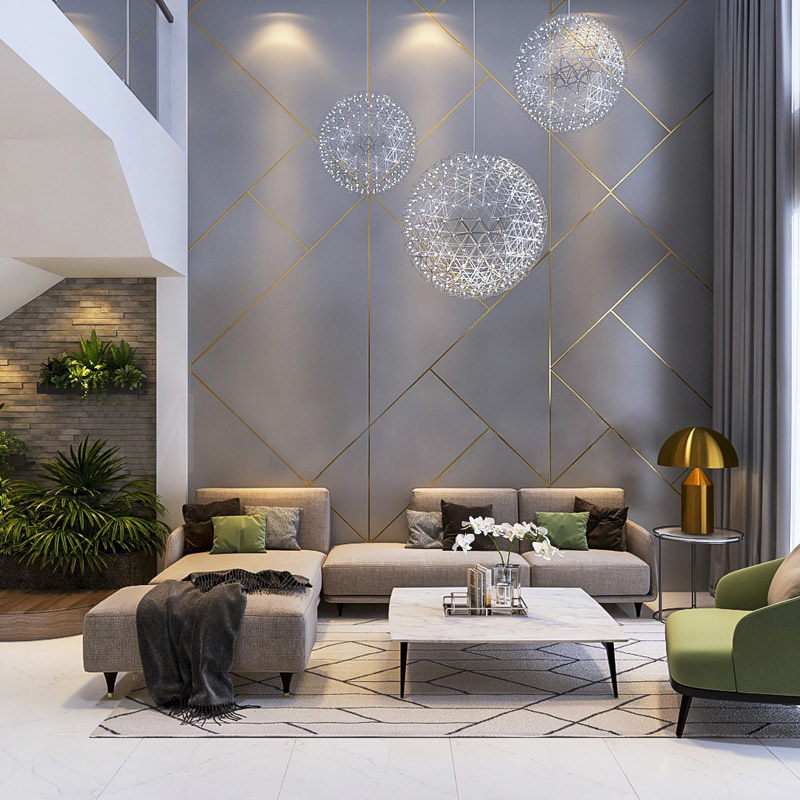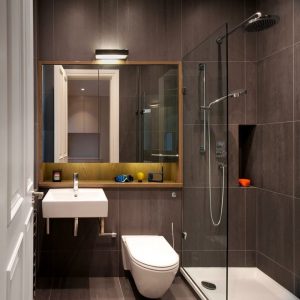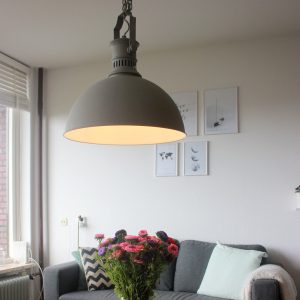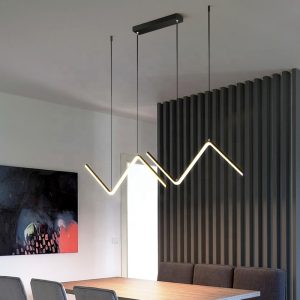
When it comes to architectural features that are both functional and beautiful, few can match the lantern roof. Also known as a skylight, a lantern roof is the type of roof that has a glazed opening in the center, usually topped with a dome. This architectural feature has been used for centuries and can be found in a variety of buildings, from palaces to churches to modern homes. In this article, we will take a closer look at the history and beauty of the lantern roof.
The History of the Lantern Roof
The lantern roof has been used in architectural design for centuries. The first known example of a lantern roof can be found in ancient Roman architecture. The Roman Pantheon, built in the first century AD, features a large dome with an oculus, or circular opening, in the center. This oculus allows natural light to enter the otherwise dark interior of the building.
The lantern roof continued to be used in architectural design throughout the Middle Ages and the Renaissance. One of the most famous examples of a lantern roof from this time period is the dome of St. Peter’s Basilica in Rome. Designed by Michelangelo and completed in 1590, the dome features a lantern roof with 16 small windows that allow light to enter the church.
During the 18th and 19th centuries, the lantern roof was commonly used in the design of British country houses. These houses were often large and had many rooms, some of which were located deep within the house and lacked natural light. The lantern roof was the perfect solution to this problem, allowing natural light to enter these rooms.
The Beauty of the Lantern Roof
One of the most striking features of the lantern roof is its beauty. The glazed opening in the center of the roof allows natural light to enter the building, creating a bright and airy interior. This natural light can also highlight architectural details and artwork within the building, adding to its beauty.
In addition, the lantern roof can be used to create a dramatic effect. When viewed from the exterior of the building, the lantern roof can appear as a glowing beacon, especially at night. This effect can be enhanced by the use of colored glass or by lighting within the roof itself.
The Function of the Lantern Roof
While the lantern roof is often praised for its beauty, it is also a functional architectural feature. The glazed opening in the center of the roof allows natural light to enter the building, reducing the need for artificial lighting during the day. This can help to lower energy costs and create a more sustainable building.
The lantern roof can also be used to improve indoor air quality by providing ventilation. Many lantern roofs have operable windows that can be opened to allow fresh air to enter the building. This can help to reduce the build-up of pollutants and improve the overall health of the occupants.
The lantern roof is a beautiful and functional architectural feature that has been used for centuries. From ancient Rome to modern homes, the lantern roof has been used to bring natural light into buildings and to create a striking visual effect. Whether you are a fan of historical architecture or modern design, the lantern roof is a feature that is sure to impress.







